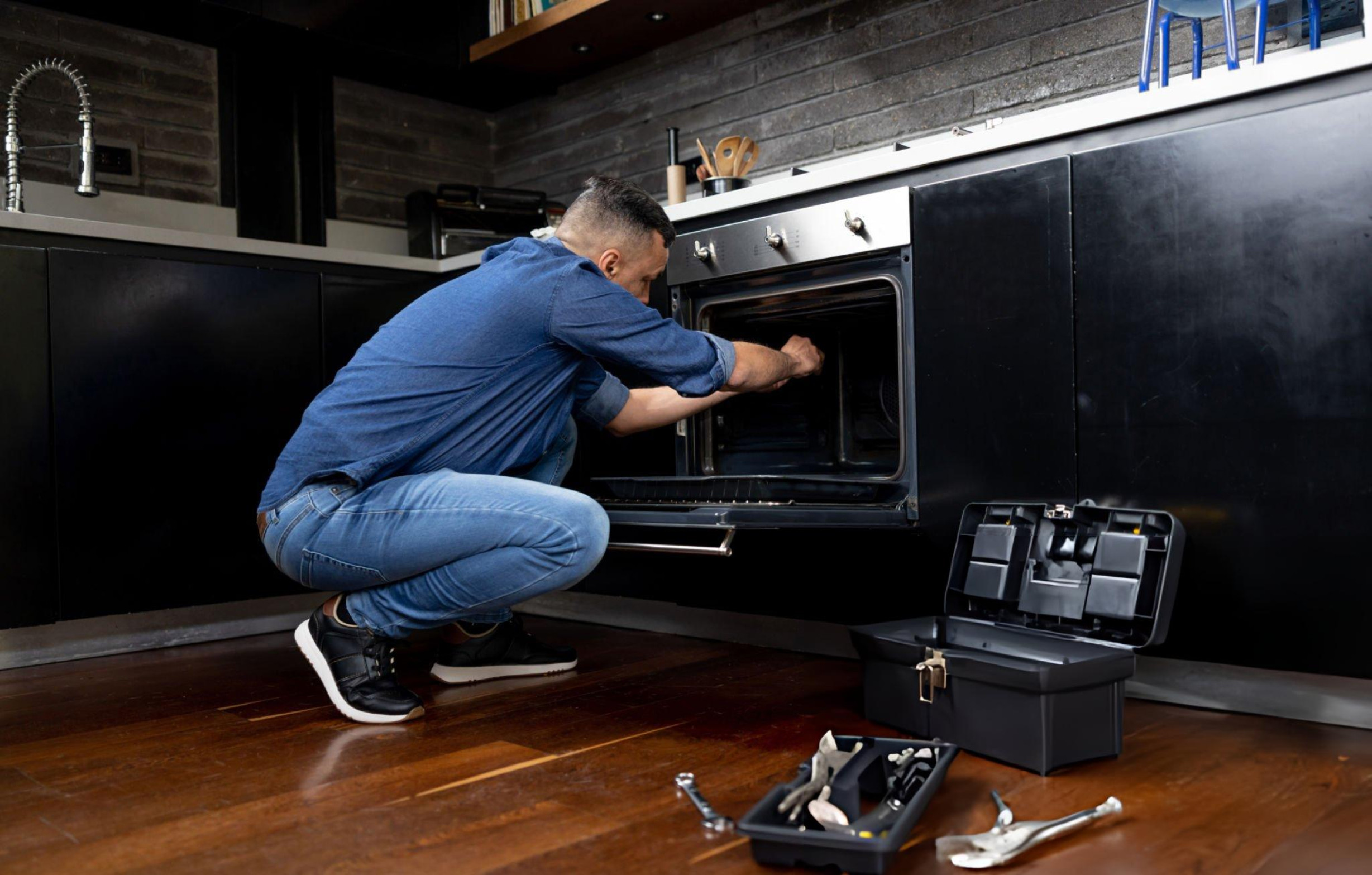Kitchen Appliance Lifespan and Replacement Planning: Know When to Repair or Replace
Understanding when your kitchen appliances are approaching the end of their useful life helps you plan replacements strategically rather than dealing with emergency breakdowns that force hasty decisions. Each type of kitchen appliance has typical lifespan expectations, and recognizing the warning signs of declining performance allows you to budget for replacements while avoiding the inconvenience and expense of sudden failures. Smart appliance replacement planning can save money while ensuring your kitchen continues functioning smoothly for your family’s daily needs. Most homeowners replace kitchen appliances reactively after they break down completely, often at the worst possible times and with limited options for research and comparison shopping. Taking a more strategic approach to appliance replacement allows you to take advantage of sales, coordinate with other home improvements, and choose appliances that better meet your current needs rather than simply replacing what you had before. Understanding Typical Appliance Lifespans Different kitchen appliances have varying expected lifespans based on their complexity, usage patterns, and construction quality. Understanding these general timelines helps you anticipate replacement needs and plan accordingly rather than being surprised by sudden failures. Refrigerators typically last 10-15 years with proper maintenance, though high-quality models can often operate effectively for 20 years or more. The compressor, door seals, and ice maker components usually show signs of wear first, while the basic cooling function often continues working long after other features begin failing. Ranges and cooktops generally provide 15-20 years of reliable service, with gas models often lasting longer than electric versions. The heating elements, igniters, and control systems tend to require attention before the overall appliance needs replacement, making partial repairs often worthwhile. Dishwashers usually need replacement after 8-12 years of regular use, though premium models with quality construction can last significantly longer. The pump, door seals, and control electronics typically fail before the basic washing mechanism, but repair costs often approach replacement costs for older units. Microwaves have relatively short lifespans of 8-10 years due to their complex electronics and frequent use. The magnetron and control board failures are common as units age, and repair costs usually exceed the value of older microwaves. Range hoods can last 15-20 years or more with proper maintenance, as their relatively simple mechanical systems resist wear better than complex appliances. Motor replacement and filter maintenance can extend their useful life significantly. Wall ovens typically provide 15-20 years of service, similar to ranges, with heating elements and control systems being the most common failure points that may justify repair rather than replacement. Warning Signs That Replacement Time Is Approaching Recognizing early warning signs of appliance decline allows you to plan replacements before complete failures occur, giving you time to research options and take advantage of favorable pricing rather than making emergency purchases. Increasing repair frequency often indicates that an appliance is entering its final years of useful life. When you’re calling for service multiple times per year or when repair costs start approaching 50% of replacement cost, replacement usually makes more financial sense. Performance degradation that affects daily use suggests approaching end of life even when the appliance still functions. Refrigerators that struggle to maintain temperature, dishwashers that leave dishes dirty, or ovens with uneven heating may be signaling time for replacement. Energy efficiency decline becomes noticeable as appliances age and components wear. Older appliances often consume significantly more energy than when new, making replacement worthwhile for both environmental and economic reasons. Noise increases often indicate wearing mechanical components that will likely lead to failure. While some noise issues can be repaired, persistent or worsening sounds usually suggest broader mechanical problems. Visible wear and damage like rust, cracking, or broken components often indicate that other, less visible problems are developing. When exterior condition deteriorates significantly, internal components are likely experiencing similar aging. Safety concerns should trigger immediate replacement consideration. Gas leaks, electrical problems, or mechanical failures that could cause injury or property damage require immediate attention and often justify replacement over repair. Repair Versus Replace Decision Making The decision to repair or replace aging appliances involves multiple factors beyond simple cost comparison. Understanding when repairs make sense helps you avoid throwing money at appliances that will likely fail again soon. The 50% rule provides a general guideline: if repair costs exceed 50% of replacement cost, replacement usually makes more financial sense, especially for appliances over halfway through their expected lifespan. Age considerations become crucial in repair decisions. Appliances in their final third of expected lifespan rarely justify expensive repairs, while newer appliances with single component failures often benefit from repair. Availability of parts affects repair feasibility for older appliances. Discontinued models may face limited parts availability or high costs that make repair impractical compared to replacement with modern alternatives. Energy efficiency improvements in newer models can justify replacement even when repairs are possible. Modern appliances often use 20-50% less energy than models from 10-15 years ago, providing ongoing savings that help justify replacement costs. Warranty considerations influence repair decisions for newer appliances. Units still under warranty should almost always be repaired rather than replaced, while out-of-warranty units require more careful cost analysis. Technology improvements in newer models may provide features that significantly improve convenience or performance compared to repairing older technology that lacks modern capabilities. Strategic Replacement Planning Planning appliance replacements strategically rather than reactively provides numerous advantages in terms of cost, convenience, and overall kitchen functionality. Budget planning allows you to spread replacement costs over time rather than facing large unexpected expenses. Setting aside funds regularly for appliance replacement makes major purchases more manageable when the time comes. Coordinated replacement can provide advantages when multiple appliances need attention around the same time. Package deals, coordinated styling, and single installation visits can reduce overall costs while ensuring design compatibility. Seasonal timing can provide significant cost savings through sales cycles and promotional periods. Many appliances go on sale during specific times of year, and avoiding emergency purchases allows you to take advantage of these savings. Kitchen renovation coordination allows appliance replacement to coincide with other improvements, potentially


